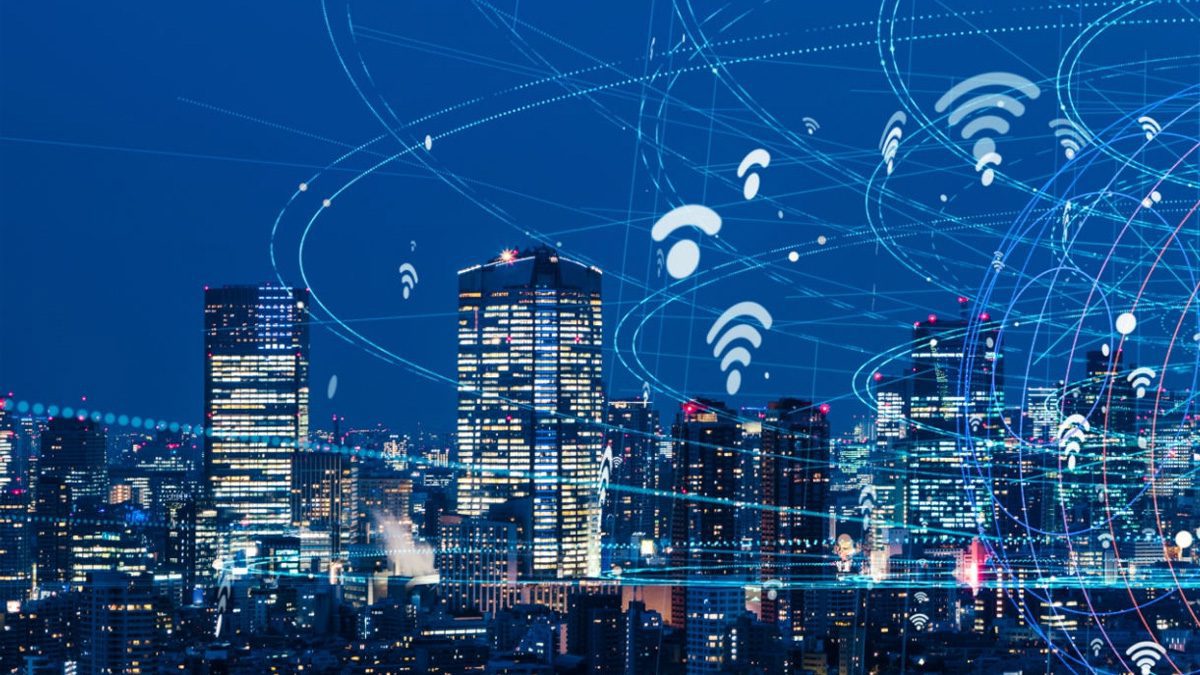
Analytics on WiFi. How to use the context to offer better information
Every day I receive on my mobile device a considerable amount of commercial information, going from promotions to the launching of new products; my mind is already “programmed” to eliminate those messages: almost as fast as they arrive, I get rid of them. The reason? I feel they are not for me. And this is when I ask myself: would it be more effective for companies that advertise their products, that a customer, instead of receiving 50 messages a day and reading 5, may receive 10 and read 7? Would I feel less bombarded by information that does not interest to me or has nothing to do with my tastes? The answer to both questions is yes, it would be better.
If we consider, in addition, that it would be more effective to receive information about, for example, a new type of coffee that suits my tastes when I’m in the supermarket than when I’m at home ready to watch a season of my favorite series; it would be even more effective for both parties (buyer / producer) because I could come to a decision more quickly and I would not forget this new product, as I will surely do after the marathon of episodes that I’m going to watch that night.
This is not impossible, and even the solutions that allow achieving these goals are built on infrastructures that are common in commercial environments: wireless networks.
I’m part of that large group of people that when they know they are going to spend considerable time in a place (stadium, coliseum, shopping center, department store, supermarket, hospital …) they look for wireless networks to connect to in order to be able to navigate through applications, social networks, emails, chats, and others. It’s at that moment when we can start to make the difference, instead of just giving the customers access to the Internet that is so common today, we may offer an experience.
If by answering a short survey, choosing a couple of options from a list, or by giving access to the public part of the profile of my favorite social network, I could obtain information about products I like, I would feel that they are providing me an additional service beyond the access to the internet in order to make me not using my mobile data plan.
If, when I connect, the system would recognize me and remind me that there is a series of items that I repeatedly buy and the time when I renew them is getting closer, it would surely not arrive at home from the market and realize to have forgot something of that list and would not put 5 reminders for tomorrow in order to not forget them when going to the supermarket. On the contrary my feeling would be that my life is getting easier.
Another great advantage is that it would be no longer necessary for the companies to send tons of information every day; they could be much more assertive and effective with what they send and the periodicity. Having an idea of who I am, of my tastes, my penchants, allows companies offering me the right thing at the right time; and if we go further, they could offer it to me in the most appropriate place (because it is surely more effective offering me a new product when I am near the store than when I am on vacation).
Another great advantage of these solutions is that they do not handle information for users under a “One size fits all” concept. They understand that different social groups react differently towards information. It allows offering customized experiences depending on the place where people connect from (geographical, demographic, or even exact location within a place). This allows the market areas to have the flexibility to show the appropriate information, in the right way, in the right place for the interest groups they have.
Furthermore it allows to have a series of analytics for the owners of these large platforms that allows them to better plan the use of space, because we can know now how many people visit our spaces, at what times, if they are frequent visitors or not, we can know if the campaign to attract more visitors during the week achieved its goals by seeing the behavior of visitors the following days; and all this information only with the fact that our visitors enter our areas and have their phones with them.
Everything written here are some simple examples that can improve buyers’ experience, and give more context to the owners of the premises and products to offer better products to their customers. The limit of what we can achieve is in our mind, given that the solutions we have can determine if external factors such as the weather, the day of the week, the surrounding traffic affect the patterns of our customers and allow us to be prepared in a better way, for these scenarios. Or use them in other environments such as hospitals, mines, parks, and non-commercial environments where we want to share information that has more value for those who receive it. At Ikusi we can accompany our clients throughout the process of building the above from the data network that will mobilize traffic, to the applications and consulting services that will allow creating a communication tool for future users of that network that adds them much more value.


